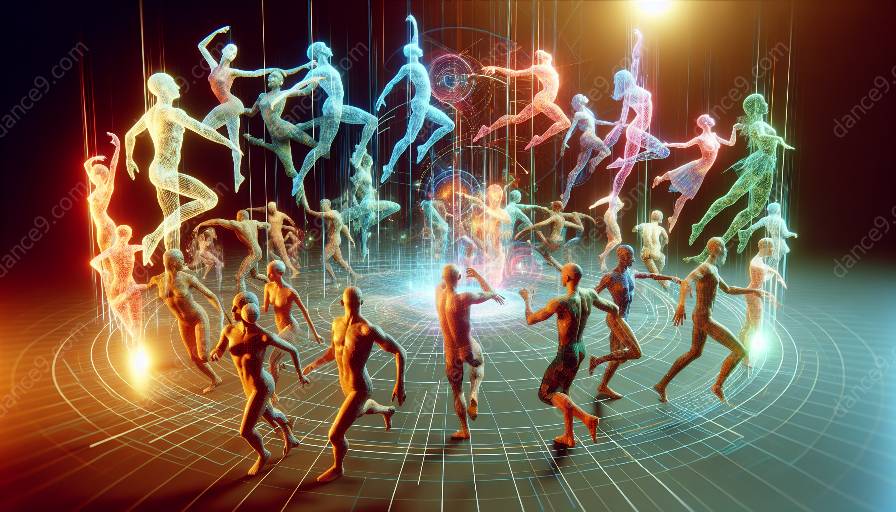Dance has always been a captivating art form, constantly evolving to incorporate cutting-edge technology. One such technological advancement that has recently impacted the world of dance is holography. This fascinating innovation has the potential to revolutionize dance performances, creating immersive and visually striking experiences for audiences.
Introduction to Holography Technology
Holography is a technique that enables three-dimensional images to be produced through the use of lasers. These holographic images can appear to be lifelike and multidimensional, creating an illusion of depth and movement. In the context of dance performances, holography technology can be used to project images of dancers or abstract shapes onto the stage, blurring the boundaries between the physical and virtual worlds.
Enhancing Artistic Expression in Dance
Integrating holography technology into dance performances offers a myriad of creative possibilities. Choreographers and dancers can utilize holographic projections to introduce fantastical elements into their routines, transport audiences to surreal dreamscapes, or create visually stunning backdrops that respond to the dancers' movements. This symbiosis of dance and holography opens up new avenues for artistic expression, pushing the boundaries of what is achievable on stage.
Immersive Audience Experiences
By incorporating holography into dance performances, choreographers have the opportunity to craft immersive experiences for audiences. Spectators can be transported into a realm where the lines between reality and illusion are blurred, offering an otherworldly journey through the art of dance. The use of holography can create a sense of wonder and awe, captivating audiences and leaving a lasting impression long after the performance has concluded.
Challenges and Technical Considerations
Despite its potential, merging holography technology with dance performances presents unique challenges. Ensuring seamless integration of holographic projections with live dancers requires meticulous planning and technical expertise. Coordinating the synchronization of holographic imagery with the movements of live performers demands a high level of precision and synchronization.
The Future of Dance and Holography
As technology continues to advance, the integration of holography into dance performances is poised to become increasingly sophisticated and prevalent. With ongoing innovations in holographic display technology and motion tracking, the potential for creating seamless interactions between holographic elements and live dancers holds great promise for the future of dance performances.
Conclusion
The integration of holography technology into dance performances represents a thrilling frontier for the world of dance. By leveraging the immersive and visually captivating nature of holographic imagery, choreographers can push the boundaries of traditional dance performances, stirring the imagination and emotions of audiences in entirely new ways.

































